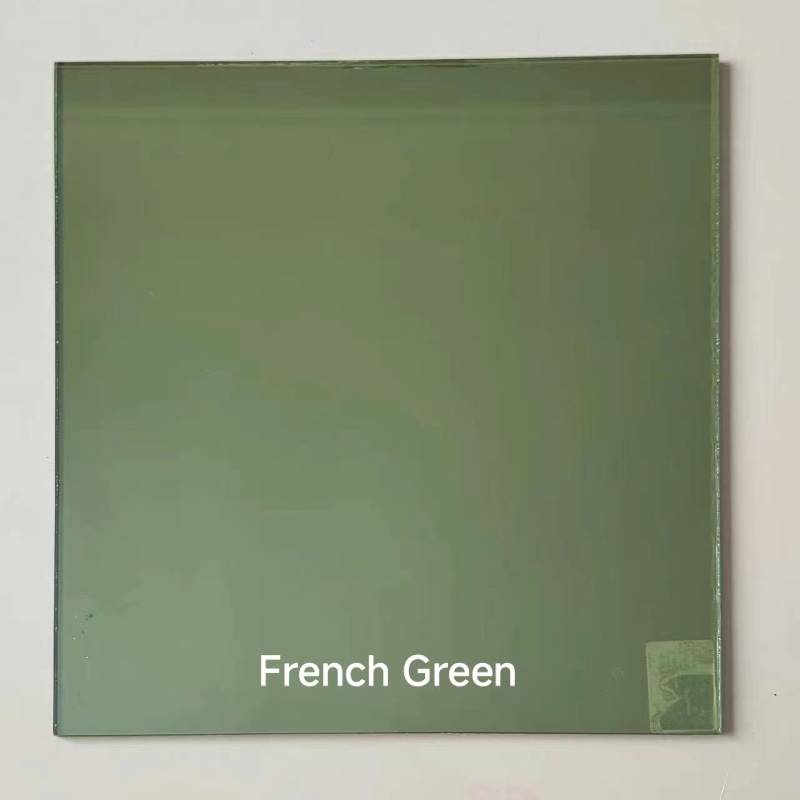

The Allure of Low-E Obscure Glass A Blend of Functionality and Aesthetics
In today's architectural landscape, the use of glass has evolved dramatically, not just as a material for windows and facades, but as a defining element of design. Among various innovations in glass technology, low-emissivity (low-E) obscure glass stands out for its unique combination of thermal efficiency and aesthetic appeal. This article delves into the characteristics, benefits, and applications of low-E obscure glass, illustrating why it has become a preferred choice for architects and builders alike.
Understanding Low-E Obscure Glass
Low-E glass refers to a type of glass that has been treated with a thin, transparent coating to reduce the amount of infrared and ultraviolet light that can pass through it without compromising the amount of visible light. This essentially enhances energy efficiency by limiting heat transfer, which can lead to significant savings on heating and cooling costs. When combined with an obscure finish, this glass not only performs well thermally but also offers privacy by distorting visibility.
The obscured nature of this glass can be achieved through different techniques sandblasting, acid etching, or applying a patterned film. Each method alters the surface to create varying degrees of translucence, allowing light to permeate while obscuring the view. This feature makes low-E obscure glass ideal for applications where privacy is paramount, such as bathrooms, conference rooms, or urban apartments with views into neighboring properties.
Benefits of Low-E Obscure Glass
1. Energy Efficiency One of the most compelling reasons for adopting low-E obscure glass in buildings is its energy-saving potential. By reflecting heat back into a room during the winter and blocking heat from entering during the summer, this glass helps maintain a stable indoor temperature. This not only enhances comfort but also reduces reliance on heating and cooling systems, lessening the environmental impact of buildings.
2. UV Protection Low-E glass also effectively blocks ultraviolet rays, which can cause fading of furniture, fabrics, and artwork. By protecting interior spaces from UV damage, low-E obscure glass contributes to the longevity of interior finishes and reduces the need for constant replacement or restoration.

3. Aesthetic Versatility The aesthetic appeal of low-E obscure glass cannot be overstated. It provides an attractive alternative to traditional clear glass, adding depth and texture to design elements. By incorporating various patterns and degrees of obscurity, architects can create a unique look that enhances both interior and exterior spaces. This flexibility allows for innovative designs that prioritize both beauty and functionality.
4. Privacy and Sound Control Beyond visual privacy, the use of low-E obscure glass offers some sound attenuation properties, making it beneficial in noisy urban environments. This dual functionality helps create peaceful living or working spaces, catering to the modern need for tranquility amid the hustle and bustle.
Applications of Low-E Obscure Glass
The applications of low-E obscure glass are vast and varied. In residential settings, it is commonly used in bathroom windows, entrance doors, and partitions, ensuring privacy without sacrificing natural light. Commercially, it serves well in office buildings for conference rooms, lobbies, and glass facades, providing a contemporary feel while safeguarding privacy.
In addition to these traditional uses, low-E obscure glass is also gaining traction in more innovative applications, such as art installations and as a medium for dynamic branding in retail spaces. By allowing light to filter through while maintaining a level of obscurity, it adds an element of intrigue to any design.
Conclusion
Low-E obscure glass represents a convergence of functionality and design, addressing modern needs for energy efficiency, privacy, and visual appeal. As sustainable architecture continues to gain importance, the integration of such innovative materials will undoubtedly play a crucial role in shaping the future of building design. Embracing low-E obscure glass is not just a choice for immediate benefits but a step towards a more sustainable and aesthetically pleasing built environment.